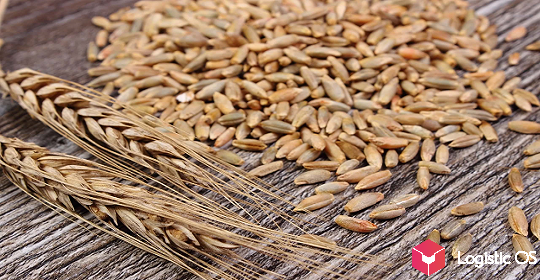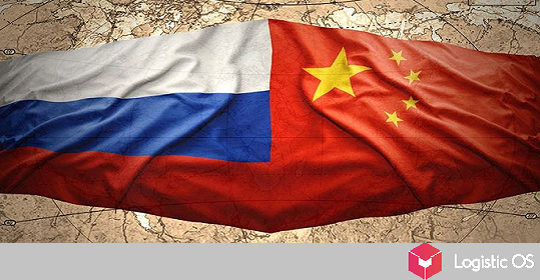According to the latest agricultural census, the number of large players in this market has increased, while the number of small players has decreased.
The last census was conducted in 2021, including using modern technologies, such as drones.
Based on its results, it can be concluded that the number of agricultural producers over the past 5 years, starting from 2016, has significantly decreased: by 14%.
At the same time, farms and individual entrepreneurs in this market decreased by as much as 33%.
In other words, it is mostly the big players that remain.
Moreover, those who remain are themselves becoming larger. For example, the average farm size has increased by 1.5 times.
Such data are provided by Igor Vasilyev, Deputy Head of Rosstat.
In total, up to 17 million people are employed in the agricultural sector in Russia, the department notes.
Quantity decreases — quality increases
Despite the decrease in the number of players (and perhaps because of this), the efficiency of each individual farm is growing in Russia.
This also applies to productivity, and the trend towards the development of new lands, the expansion of agricultural land.
At the same time, farmers’ preferences regarding which crops to focus on growing are also changing.
For example, in recent years there has been a noticeable tendency to reduce the area under potatoes, while at the same time increasing them under grain and leguminous crops: from 20% to 29%.
Last but not least, this may be due to a significant increase in prices for these crops.
What are the trends in animal husbandry?
In this area, the consolidation of farms is especially noticeable.
According to the data of the same Rosstat, the average number of livestock per one object has increased markedly. For example, in pig breeding — 2.5 times, in poultry farming — twice.
How will the consolidation of farms affect the Russian agro-industrial complex?
On the one hand, the fewer market participants, the less competition, which theoretically can lead to prices being inflated.
At the same time, there are enough participants in each specific sector so far, so it’s too early to talk about it.
At the same time, the fewer participants, the easier it is to make the market transparent — and this is a positive factor.
In addition, the larger the farm, the more opportunities it has to introduce modern technologies that can further increase yields and productivity.
Finally, the country’s leadership draws its conclusions from the statistics.
As Deputy Minister of Agriculture of the Russian Federation Oksana Lut noted, the reduction in the number of participants in the agro-industrial complex means that it is necessary to increase the amount of support for each company.

